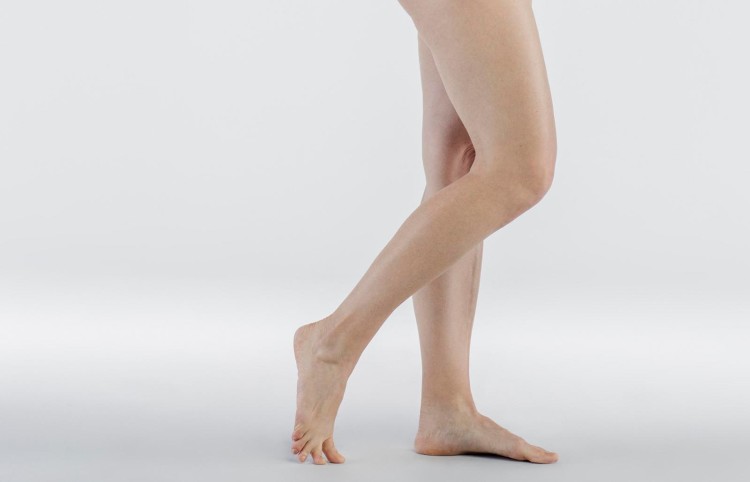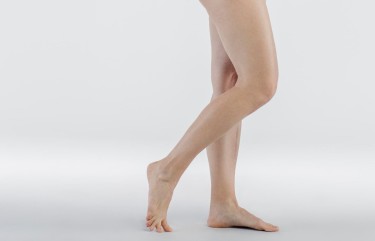VeinGogh: What You Need to Know
Pros & cons
What to expect
How long healing takes
How soon you see results
Risks to consider
Fast facts
VeinGogh is a minimally invasive, in-office treatment for spider veins. It can also be used to treat cherry angiomas (smooth, red, harmless bumps), small hemangiomas (noncancerous tumors made up of blood vessels), skin tags, spider nevi, and redness from rosacea.
Pros
- Small spider veins on the nose, which can be hard to treat with lasers, respond especially well to this treatment.
- It may be a good option for veins that haven’t responded to previous sclerotherapy, laser, or IPL treatments.
- It doesn’t require anesthesia (although some RealSelf members say it’s painful).
Cons
- Some RealSelf members have reported no improvement.
- Others say that the treatment can be painful. One VeinGogh review says, “It said on their website the treatment would be pain-free with no downtime or risk of scars, but it was extremely painful.”
- It’s not effective for treating varicose veins.
- For the best results, you’ll likely need several visits. “A single treatment will not get rid of all your veins, and generally, a series of treatments is needed,” says Leawood, Kansas, vascular surgeon Dr. Craig Schwartz in a RealSelf Q&A.
- If VeinGogh treatments don’t work, you may need to consider more powerful (and expensive) options, such as a pulsed-dye laser.
VeinGogh is considered a low-pain procedure, so topical anesthesia usually isn’t offered—but some patients have reported discomfort. Talk with your provider if you have concerns.
They’ll start by inserting a hair-thin probe into the vein through a tiny incision. The probe emits high-frequency “microbursts” of electric current, which heat the vein and coagulate the blood. They’ll remove the probe and cover the entry site with a small bandage; sutures won’t be needed. This technique eliminates damaged veins, with minimal injury to the surrounding skin.
VeinGogh spider vein treatment can be relatively quick. For veins in small areas of the face, such as the nose, the procedure can take as little as five minutes, whereas larger or multiple treatment areas, like the legs, can require up to 30 minutes.
You may have some redness for the next two to three hours after your treatment; otherwise, you can return to your usual activities.
You won’t need significant downtime after VeinGogh, though you should wait for 24 hours before doing strenuous exercise.
You’ll also have some post-treatment inflammation and may have marks on the treatment area. “Scabs and redness are not uncommon after VeinGogh treatment. It can last up to six weeks,” advises Beverly Hills, California, physician Dr. Ivan Brooks in a RealSelf Q&A. It’s part of your skin’s healing process, so don’t rub or peel off these scabs; you could risk scarring. You’ll also want to avoid direct sunlight or use a sunscreen with an SPF of 30 or higher while you’re healing.
It will take two to six weeks to see full results. During this time, the vein walls will collapse, the vein will be absorbed by your body, and blood flow will divert to healthy veins.
VeinGogh side effects mainly involve changes to skin texture and color. Some RealSelf members have reported new capillaries, small indented scars, and little scratch-like marks on their skin following treatment.
Another common VeinGogh side effect is hyperpigmentation. In a RealSelf Q&A, Williamsville, New York-based phlebologist Dr. Hratch Karamanoukian says, “Hyperpigmentation is likely after procedures to eliminate spider and reticular veins.” This risk is heightened if you have olive or brown skin.
Updated June 13, 2023

